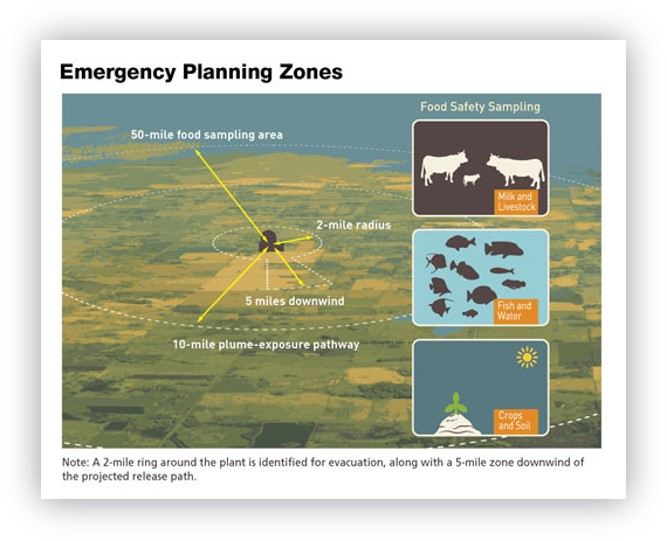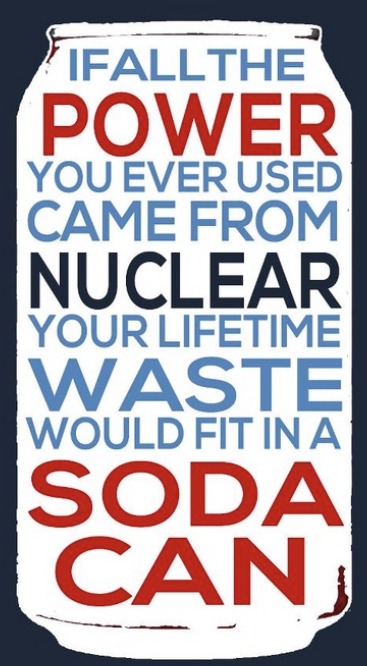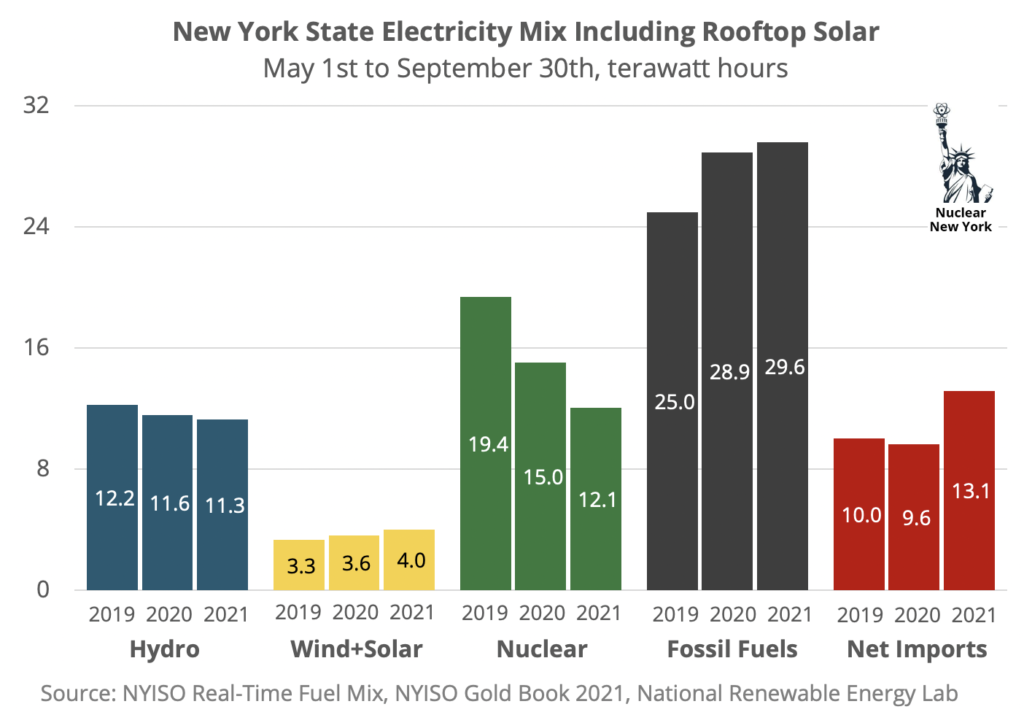“For the greatest enemy of truth is very often not the lie – deliberate, contrived, dishonest – but the myth – persistent, persuasive, and unrealistic. Too often we hold fast to the clichés of our forebearers. We subject all facts to a prefabricated set of interpretations. We enjoy the comfort of opinion without the discomfort of thought.” — President John F. Kennedy, 1962
“If the Indian Point suffers a meltdown, will millions have to be evacuated?”

In the unlikely event of an emergency, only a 2-mile to 5-mile evacuation zone would be required – not 50. There is no rational or scientific basis for a 50-mile evacuation zone. Beyond the 2-mile mandatory evacuation zone, 5-miles downwind of the projected release path needs to be cleared. The village of Buchanan knows all this, is prepared, and wants to keep Indian Point open. The only thing that needs to happen over a 50-mile radius is food safety sampling. In December 2012, Entergy (then owner of Indian Point) commissioned a 400-page report on the estimates of evacuation times. This report, performed by emergency planning company KLD Engineering, concluded that “the existing comprehensive traffic management plans provided by Orange, Putnam, Rockland, and Westchester Counties” are adequate, and therefore “no changes to these existing plans are identified as a result of this study.”
Japan’s panicked 12-mile evacuation at Fukushima killed 1,000+ people, when radiation-related deaths will not exceed one.
Near 16,000 Japanese deaths from the 9.0 Tōhoku earthquake/tsunami are incorrectly conflated.
“Isn’t radioactive waste is the most dangerous form of pollution?”

Only 3% of a nuclear plant’s waste needs to be stored for 1,000 years. Powering a energy-intensive American life purely with nuclear generates a soda can worth of high-level waste. Americans also generate 127 kg of hazardous waste per year, which is not subject to similar containment or dispensation.
In the history of civilian nuclear energy, waste has never hurt a human.
“Are nuclear plants like Indian Point built decades ago, and therefore falling apart?”
Nothing in a nuclear plant is irreparable. Indian Point operates at 89% plant capacity factor, far higher than any other energy generating source. Presently 23% of NY gas turbines are over 47 years old, when 95% of power plants with a similar technology would have already been retired. The share of retirement-age gas plants in NYC rises to 41% by 2026. The closure of Indian Point materially increases the use of these polluting fossil plants.
“Does Indian Point kill fish in the Hudson River?”
Every industrial activity has an ecological footprint. Nuclear power is the electricity source with the lowest impact on land use, material intensity, human deaths, species extinction, and toxic pollution. Climate change caused by burning fossil fuels that turn on due to Indian Point’s closure will kill many more fish, among other ecosystem damages.
How many African American children should suffer from asthma in order to marginally improve the level of fish egg mortality in the Hudson River?
African American Environmentalist Organization
“Is Indian Point is vulnerable to a meltdown caused by an earthquake?”
Indian Point is built to withstand a 7.0 Mw earthquake, when few of the buildings near the site and in NYC can handle the unlikely event of such seismic activity from the Ramapo fault line. The plant will be the safest place to be during a major quake (Japanese move to nuclear plants for safety during earthquakes). All 40+ Japanese reactors properly entered shutdown upon the 2011 9.0 Tohoku quake that caused the Fukushima tsunami.
“Can the Gas Pipeline Under Indian Point explode & cause a meltdown?”

New pipeline (solid line) is to replace old pipeline (dotted line), which had been there for decades. Shutting Indian Point means New York will need more gas lines for decades to come.
In February 2020, a long-awaited comprehensive review by the NRC concluded that “the risk of a pipeline rupture affecting the reactor units is very small.”
“Aren’t renewables and energy efficiency replacing Indian Point?”
Not even close.

Climate activist Charles Komanoff bravely stated:
Most recently, I have championed Mark Jacobson’s paradigm and analysis for replacing all energy— not just electricity — with “100 percent wind, water and sunlight”… But even under the most optimistically aggressive timetables, it will be at least one decade and possibly several before it can be said that Jacobson’s turbines are doing Indian Point’s climate good deeds. That is because every bit of renewable energy and efficiency we can muster needs to go to replace fossil fuels, not to replace a different zero-carbon source. Not until the New York electric grid has been reconstituted to the point that the “replacement” (or “marginal” in the parlance of grid engineers and economists) block of power almost always comes from renewables rather than gas or coal can it be said that Indian Point’s climate benefit is now being supplied by solar or wind.”